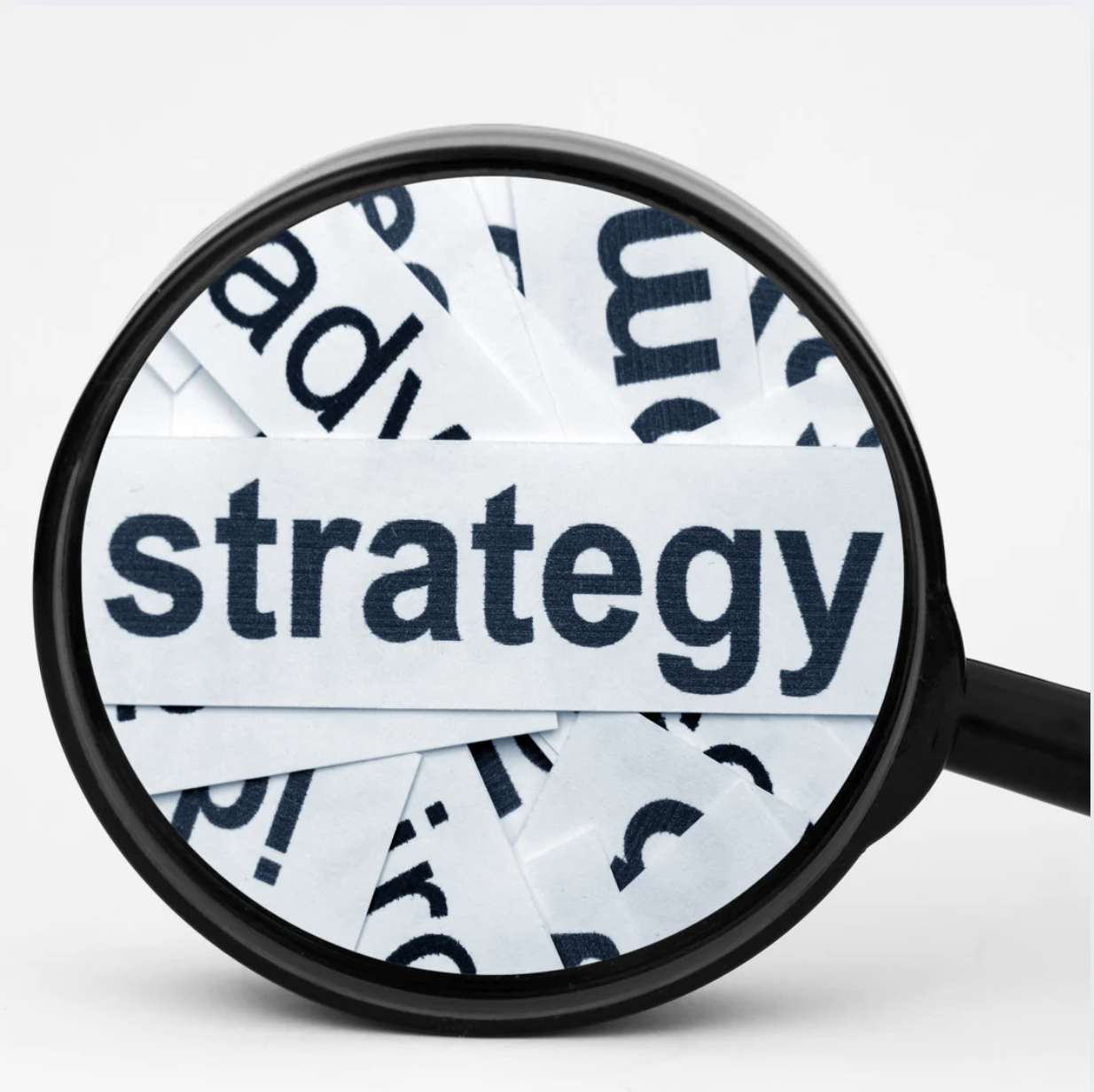Wouldn’t it be nice if everyone made their purchasing decisions based on a blind test? Like those commercials where customers try two samples and pick their favorite. It wouldn’t matter if they gave your CPG meaning in their minds or liked your design better; CPG products would shine based on their quality and performance.
Sadly, however, this is not how the market works. In fact, the integrity of your actual product can often be the last thing people consider when they’re looking to make a purchase. That’s why it’s important to make sure your brand—and your packaging—stand out from the crowd. One meaningful way to firmly establish yourself in customers’ minds is by giving your brand meaning and purpose.
The Shift in Consumer Decision Making
As in any industry, the success of a consumer packaged good often boils down to what you know about your customers. The problem many brands run into today is that they’re basing their decisions on the customers they used to have or think is their target, instead of the ones they want to recruit. Consumers have steadily shifted away from traditional purchasing behaviors to a more in-depth decision making process. For brands to see new growth, they have to address this change in thinking.
The past was all about price. Pricing was the driving factor for most consumers and many people would choose a product just because it was a nickel cheaper than its competitor. But consumer behavior has changed significantly in the wake of technology. A new generation of consumers are starting to dominate the market, and they’re putting price on the back-burner and moving brand identity front and center. All of the information about your brand and products are at their fingertips on their smartphones; in two clicks they can know everything they need to make a buying decision or pass on your product.
But this doesn’t mean your packaging isn’t important. It is still absolutely crucial that your packaging on the shelf has the right look, feel and messaging to match your brand and engage your audience. You still want them to stop their walk down an aisle to pick up your product and check it out.
Modern consumers are looking for brands with a purpose. Brands that donate proceeds to a charity, set themselves apart with an attribute-based identity, or stand for a specific social or environmental cause. People aren’t looking to just buy products anymore, they want to be part of something bigger than themselves. Some of the most popular causes consumers seem to be aligning themselves with include:
-
Healthcare
-
Fitness
-
Lifestyle
-
Healthy eating
-
Reducing carbon footprints
-
Social welfare/charity causes
So even if your product is the most affordable, most delicious or best performing, people still might pass you by if they can’t identify the mission behind your brand. How does a CPG brand incorporate meaning into its product? Let’s take a look.
Bringing Meaning to Your Consumer Packaged Goods
The role and positioning of retail stores are continually changing as more and more online retailers enter the scene. Although shelf space in stores like Walmart and Target is still abundant, these giants of industry are also starting to edge into eCommerce as a way to reach more customers. Conversely, many CPG companies that started as online-only, relying on their website or Amazon for sales, are looking to push into the brick-and-mortar space.
It might seem like moving to a physical space would be a great way to showcase your product to a new audience—and it is—but it also poses new challenges. When brands move from online to the real world, there’s the unique challenge of less space to advertise the attributes of their brand. There’s no “about” page on a store shelf, so brands need to focus on showing their brand’s meaning in new ways.
The first step to giving your CPG meaning is to look at your brand messaging and how it translates to your goods. For example, if you’re selling more common food products, like a granola bars or trail mix, you might have traditionally used the words “Granola Bar” to market and advertise. With consumer demand shifting to purposeful brand names, though, you could tweak this messaging to something like “Bars for Change.”
This is where the online space becomes an incredibly valuable addition to your retail presence. When people are drawn to your website or online product description, you have an opportunity to provide more detailed information. Using an online platform can help you to market your product to new audiences and gain extra exposure that you might not see in your dominant retail space. It also gives you the chance to develop an additional funnel of direct-to-consumer sales to add to your main revenue streams.
Step two is to focus on the relationship between your customer and your brand. Whether it’s packaged food, cleaning products, or household products, consumers want to feel connected to what they’re buying. Consider Luna Bars: They’re an incredibly popular bar brand targeted specifically to women. By including ingredients claimed to help fuel women’s bodies, they’ve made a connection with their target audience. To go one step further, they also fight on multiple fronts to secure equal pay for women across the globe and include this in content on their website. That is the meaning behind their brand, what the CPG stands for and the reason women feel good about choosing Luna over other competitors.
The final step is to follow through with an experience. There’s a reason unboxing videos are so popular on YouTube these days, and it’s because consumers don’t want to just buy a product, they want to experience it. This doesn’t mean you need lots of fancy packaging, though. Plenty of brands have been accomplishing this on a small scale for years.
Laffy Taffy includes jokes on the inside of the wrapper, Dove chocolate has inspirational sayings inside each individual chocolate wrapper, even your Snapple lid will talk to you once you pop it open. Creating an experience could be as simple as adding some brand messaging or even writing out your full brand name inside the wrapper or box if you use an abbreviation or acronym on the packaging itself. It doesn’t have to be fancy, it just has to establish one more connection to your brand before they push your marketing to the side.
Making the Most of the CPG Industry
It’s no secret that competition in the CPG industry is fierce, so you need a few tricks to make sure your product is visible to the right audience. Depending on your brand purpose and positioning, you may not want to be the local soda brand shelved next to a wall of Coca-Cola in the grocery store. Luckily, there are a few ways you can avoid this dilemma and put your product where you’re likely to see customer engagement and velocity.
Odds are you don’t need a planning group to figure out the best place to sell your product. You might need some time, however, to figure out the best way to position it. Understanding your product’s unique traits and how they relate to customers is a critical step to developing a targeted strategy that will best optimize its potential success at retail.
It’s easy to get caught up in creating wide-eyed initiatives to get your product into every major retailer, but sometimes this can actually be to your detriment. Especially for emerging brands, it usually pays more to focus on where you’re selling than in how many stores. Oftentimes, one key placement can create the foundation you need to keep your brand thriving and successful until you can secure the next preferred placement that will support efficient and profitable growth.
Keeping to a targeted retail channel, region, and number of locations also makes your brand more agile and adaptable while providing insights to fuel future accelerated growth. The retail landscape is dynamic and can be particularly difficult to navigate. Establishing a well-defined but flexible market strategy can often mean the difference between a costly misstep and achieving long-term success.
In this industry, more is not always better. Understanding all of your options and having the right experts to guide and support your brand is essential to successfully navigate the CPG industry and retail market as an emerging brand. At VDriven, we can help you find your brand’s meaning, relate it to customers and get you into the right retailers to promote meaningful growth. Contact us today!
Vdriven
VDriven is a CPG partner for modern brands that improve our daily lives. We fuel your growth and innovation by giving you strategies and support in every phase of the retail process.






